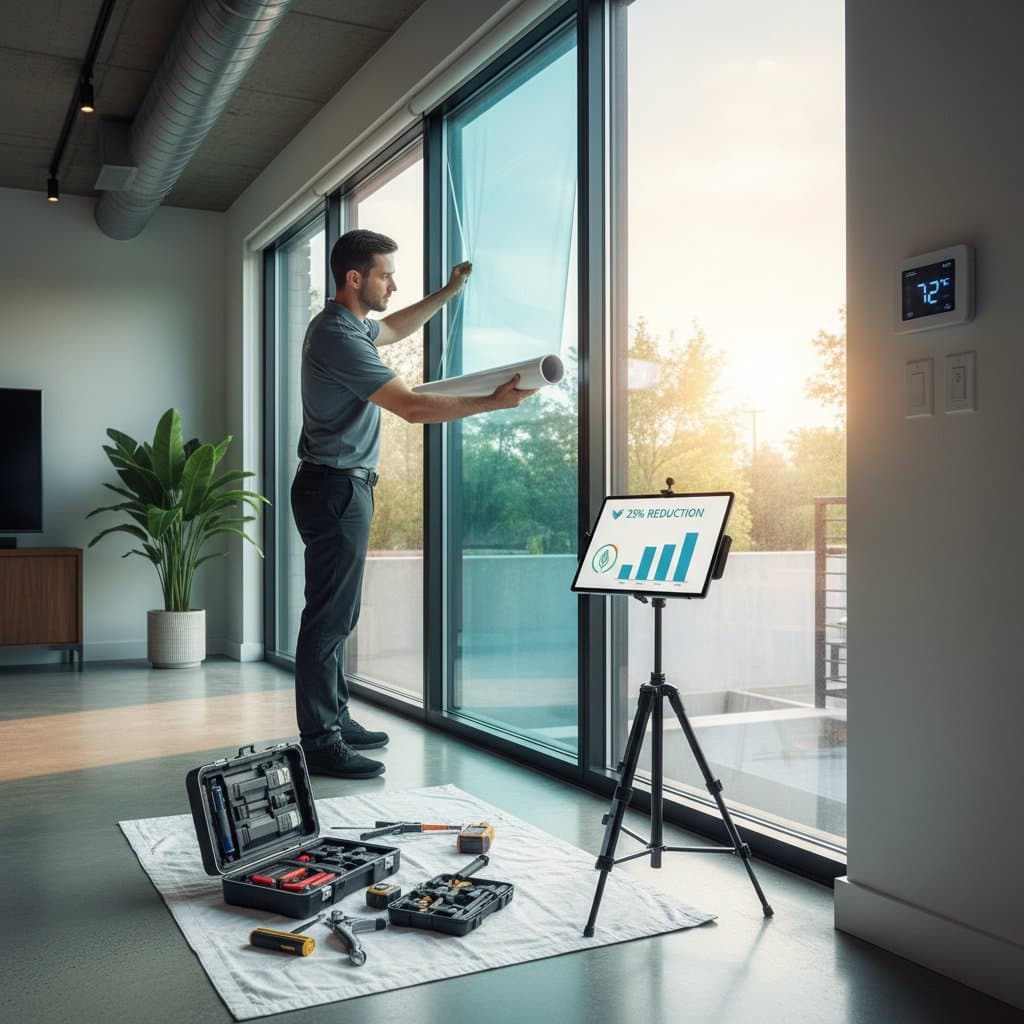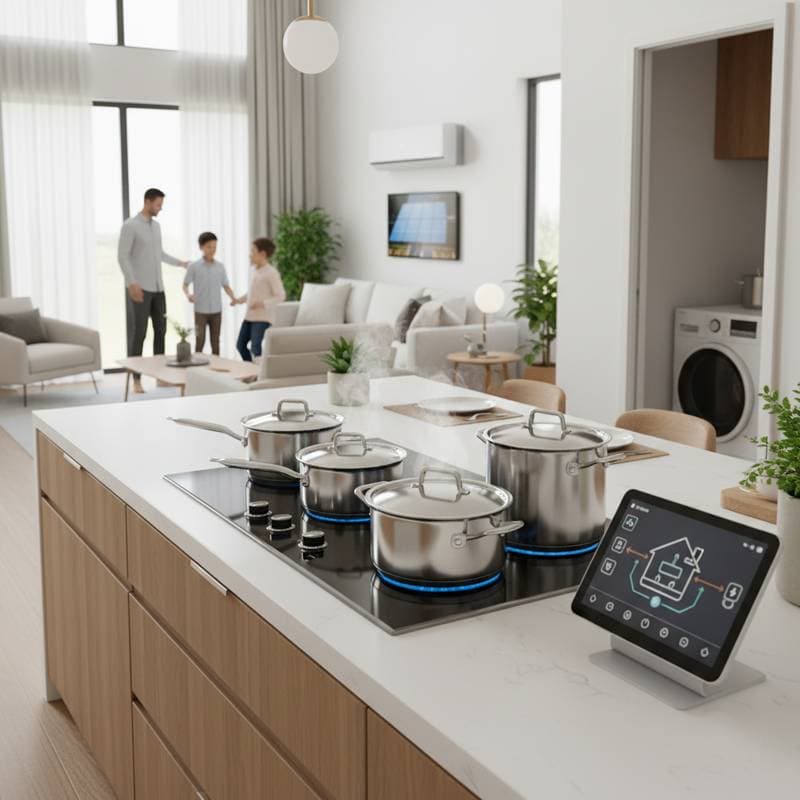Understanding Cool Roofs
Cool roofs represent an innovative approach to building design that minimizes heat absorption from sunlight. These roofs utilize specialized materials and coatings to reflect more sunlight and absorb less heat compared to traditional dark roofing surfaces. As a result, they maintain lower surface temperatures, which directly influences indoor climate control.
In urban and suburban settings, where summer heat waves intensify, cool roofs emerge as a practical solution. They address the rising demand for energy-efficient homes by integrating seamlessly with existing structures. Homeowners benefit from immediate reductions in utility bills without compromising architectural style.
How Cool Roofs Function
The core principle behind cool roofs involves solar reflectance and thermal emittance. Reflective materials, often white or light-colored, bounce back up to 80 percent of incoming solar radiation. This reflection prevents the roof from heating up, thereby reducing the heat transfer into the building below.
Advanced 2025 technologies incorporate smart coatings that adapt to environmental conditions. These coatings release absorbed heat efficiently at night, maintaining thermal balance throughout the day. Infrared technology within some formulations enhances performance in humid climates, ensuring consistent results across regions.
Installation typically involves applying these coatings over existing roofs or selecting pre-manufactured panels during new construction. Professionals assess roof orientation and local weather patterns to optimize effectiveness, ensuring the system aligns with the home's specific needs.
Key Benefits of Adopting Cool Roofs
Energy Savings and Cost Reduction
Cool roofs lower air conditioning demands by keeping indoor temperatures cooler. Studies indicate potential savings of 25 percent on cooling costs in hot climates, translating to hundreds of dollars annually for average households. Over time, these savings accumulate, providing a compelling financial incentive.
Payback periods for cool roof installations range from two to five years, depending on local energy rates and roof size. After this initial phase, the system continues to deliver net gains, making it a sound long-term investment.
Enhanced Comfort and Durability
Lower roof temperatures create more comfortable living spaces, reducing reliance on mechanical cooling. Residents experience fewer hot spots and improved air quality, as less energy consumption correlates with decreased system strain.
Roof longevity increases due to reduced thermal expansion and contraction. Materials withstand weathering better, potentially extending service life by 10 to 20 years. This durability minimizes repair needs and preserves structural integrity.
Environmental and Property Value Advantages
Cool roofs contribute to sustainability by lowering overall energy use and greenhouse gas emissions. They support broader goals of reducing urban heat islands, where dense development amplifies temperatures.
Properties equipped with cool roofs often command higher market values. Buyers prioritize energy-efficient features, viewing them as indicators of modern, responsible ownership. Appraisals reflect these upgrades, offering tangible returns upon resale.
Selecting the Right Cool Roof System
Homeowners face several options when choosing cool roof technologies. Traditional white coatings provide a cost-effective entry point, suitable for asphalt shingle roofs. For premium performance, consider metal roofs with factory-applied reflective finishes, which excel in reflectivity and low maintenance.
Green roofs, incorporating vegetation, combine cooling with insulation benefits. These systems absorb rainwater and support biodiversity, ideal for environmentally focused projects. Evaluate factors such as budget, climate zone, and aesthetic preferences during selection.
Consult certified installers to ensure compliance with local building codes. They provide insights into product warranties, typically spanning 10 to 30 years, guaranteeing long-term reliability.
Steps to Implement a Cool Roof
-
Assess your current roof condition through a professional inspection to identify compatibility with cool technologies.
-
Research local incentives, such as tax credits or rebates, that offset installation expenses.
-
Choose materials based on performance ratings for solar reflectance index, aiming for values above 78 for optimal results.
-
Schedule installation during mild weather to facilitate smooth application and curing.
-
Monitor energy usage post-installation to track savings and adjust habits for maximum efficiency.
These steps guide homeowners toward a seamless transition, transforming roofs into assets that enhance daily life.
Realizing Long-Term Value from Cool Roofs
Investing in cool roofs positions homeowners for sustained benefits in an era of escalating energy costs and climate challenges. The combination of financial savings, comfort improvements, and environmental contributions creates a holistic upgrade. As technologies evolve, early adopters gain a competitive edge in sustainable living.
Communities embracing cool roofs foster resilient neighborhoods with lower collective energy footprints. Individual actions like these amplify broader impacts, promoting a cooler, more efficient future for all.









